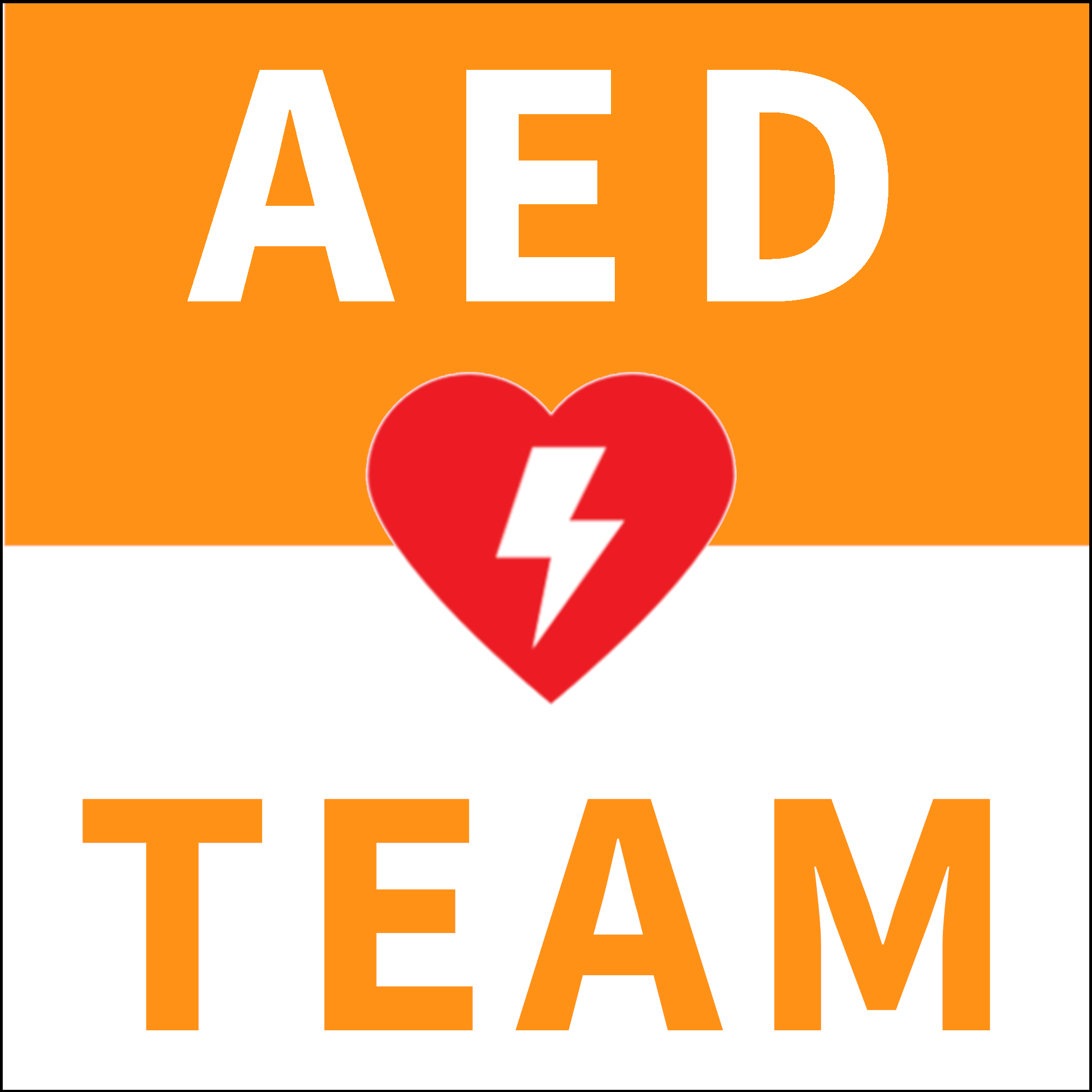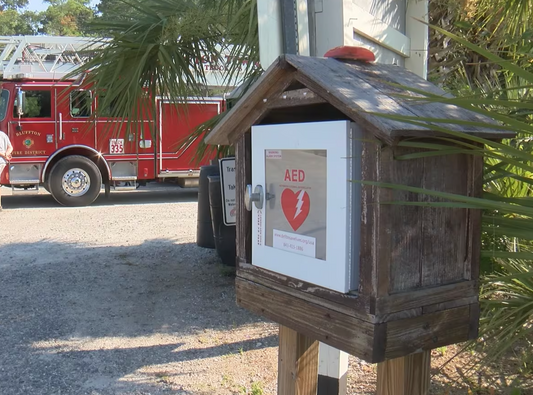By Sara Wolf
Just like many other electronic devices in our home, when your Automated External Defibrillator (AED) is sounding an alarm, it means maintenance is required. The question is, what needs to be done?
Some AEDs have an information button that when pressed will tell you what the problem is. The device may need new pads, a battery replacement, or a software update. If your AED does not have an information button, it is time to start troubleshooting.
Where to Start
Before ordering new parts for your AED, start by assessing your equipment:
- Check the date on your pads. When pads are expired, they may be too dry to stick to the victim’s chest or the sacrificial metal electrode has deteriorated beyond the point of being able to deliver an effective shock. An AED may sense this and sound an alarm. Some AEDs will begin to alarm as soon as the pads expire while others will only alarm once the pads fail a self-test.
- Check the connection of your pads and ensure they are firmly plugged into the device.
- Check the date on your battery to see if it is expired or approaching the expiration date.
- Turn the AED unit on to run a self-check of the device. It may alert you of the issue causing the alarm.
- Verify that your AED is being stored properly according to the manufacturer's requirements. Although the AED may still function in extreme temperatures, devices that are kept below freezing or subject to high heat (usually above 114 degrees F) may cause the pads to freeze or prevent the device from functioning normally. Return the device to room temperature before running a self-check.
- Contact the manufacturer. If all of the above checks out fine and your AED is still alarming, call the manufacturer. It may take additional diagnostic testing to discover and fix the problem. In some scenarios, system updates or a reset sequence is required.
What to do if your AED keeps alarming:
If you have identified the problem such as expired pads or a low battery, and have ordered a replacement, your AED will continue to alarm until they are replaced. Some devices will allow you to override the alert during a rescue (i.e. it is alarming because pads recently expired).
This may become a nuisance to your practice or work space, and you may feel compelled to remove the battery to stop the alarm. Before you do so, please reach out to your manufacturer or check with your user manual. Some companies will advise to take the AED out of service while others may say it is better to have it ready for use if an emergency happens.




